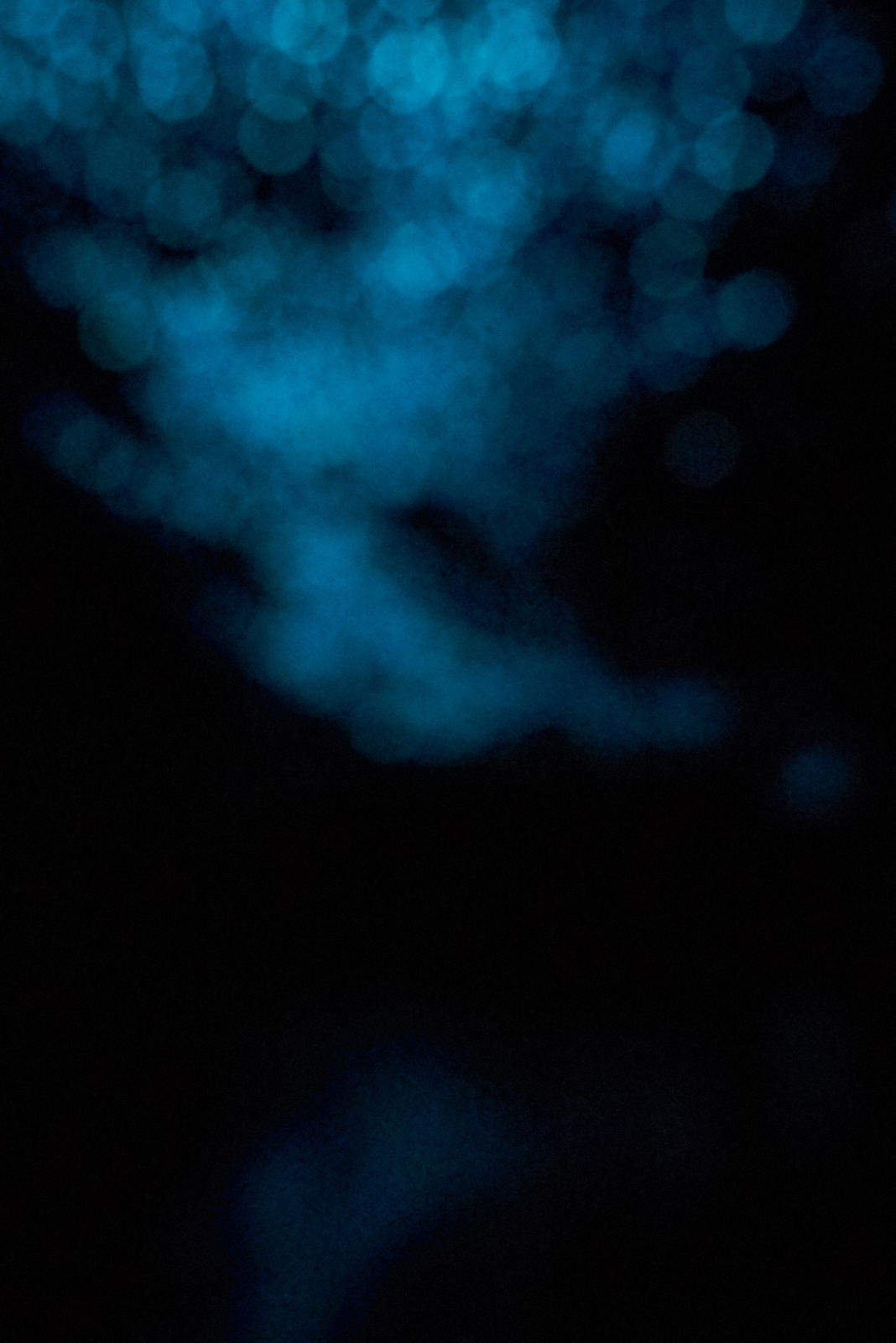
Luciforms
2018–2022Long-term exposures illuminated respectively by celestial and subterranean bodies. Through playful manipulations of light, time, and movement, these images envision a resolutely vibrant, dynamic, and animate cosmos. It offers a glimpse of the night sky teeming with stars who are just as ‘bioluminescent’ as the myriad living beings here on Earth.






